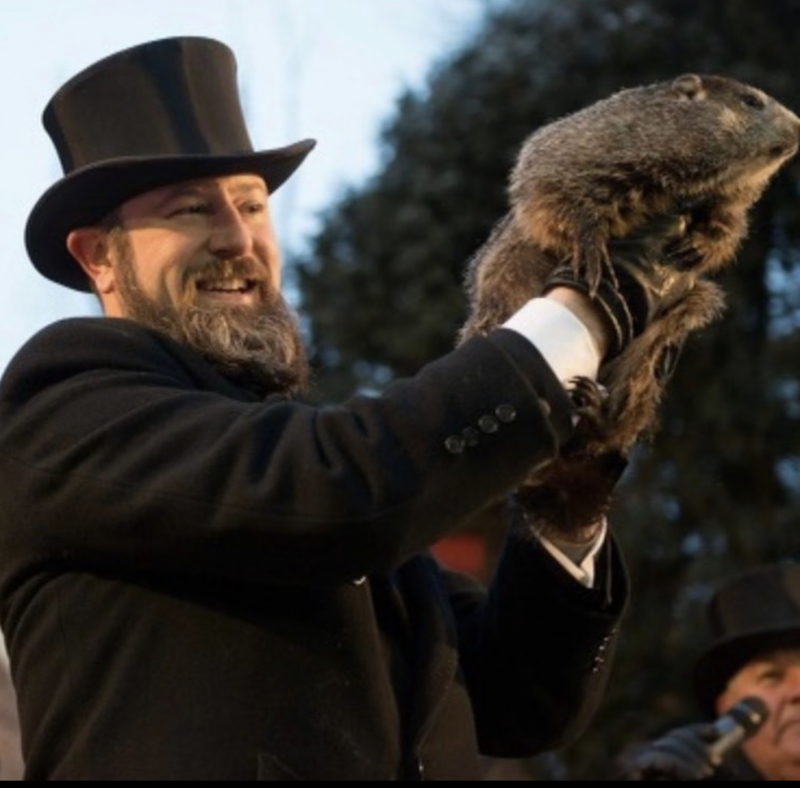
Groundhog Day is a cross-quarter day
Every February 2 since 1887, Punxsutawney Phil in Pennsylvania has made his weather prediction. If it’s sunny and he sees his shadow, it’s said we’ll see six more weeks of winter. If it’s cloudy and he doesn’t see his shadow, it’s said to mean an early spring. Phil is North America’s most famous weather predictor. But the seasonal traditions of this holiday go back a long, long way. Groundhog Day is an astronomy holiday – a cross-quarter day – falling approximately midway between the December solstice and the March equinox.
Last year (2021), due to the ongoing pandemic, there were no in-person events on Groundhog Day in Punxsutawney, Pennsylvania. The club asked visitors to stay home rather than travel to Phil’s annual celebration. Some 17,000 people watched on YouTube last year as Phil made his prediction.
This year, the eastern U.S. was hit with a fierce winter storm just days before Groundhog Day. And in the forecast for Punxsutawney, Pennsylvania, is calling for “mostly cloudy” conditions on February 2. Will Phil see his shadow this year?
The 2022 lunar calendars are here. Order yours before they’re gone!
Follow Phil online
This year (2022), the Punxsutawney Groundhog Club is featuring multiple in-person events, according to its website. See 2022 Groundhog Day events here.
You can also follow Phil on Instagram.
Or check the hashtags #GroundhogDay and #PunxsutawneyPhil on Twitter.

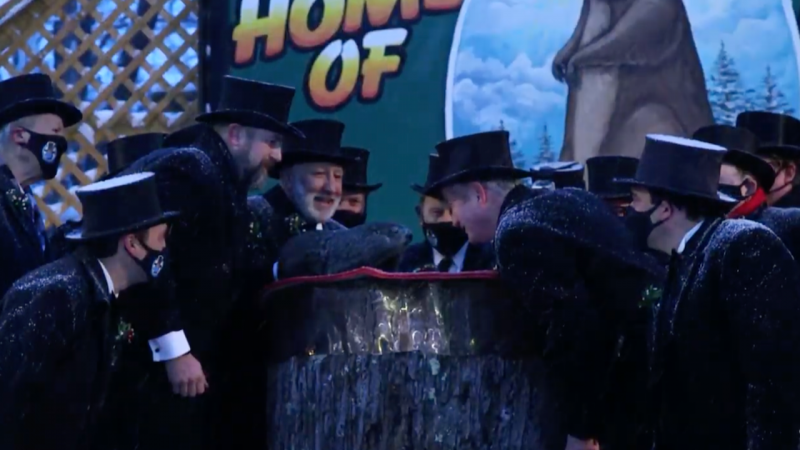
What’s a cross-quarter day?
Every cross-quarter day is a collection of dates, all falling approximately midway between the solstices and the equinoxes. Many cultures celebrate traditions and holidays at this time. February 2 is the year’s first cross-quarter day. There are three other cross-quarter days, including, in North America, the celebration of Halloween.
The division of the year into segments is a common theme in human cultures. It makes sense because our ancestors were more aware of the sun’s changing movement across the sky. They had to be, since their plantings and harvests depended on it.
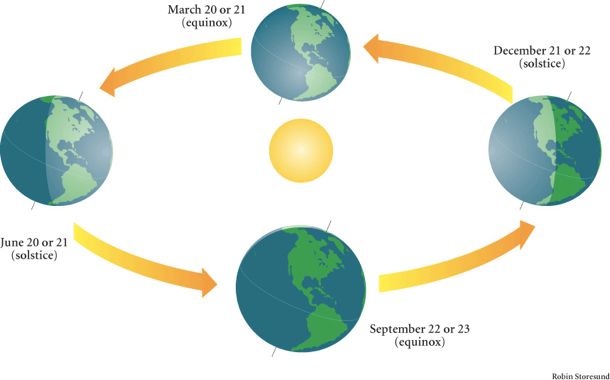
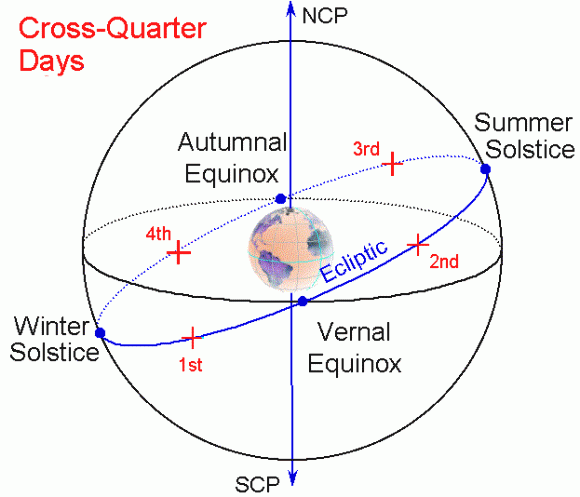
Punxsutawney Phil, the great weather prognosticator
By far the most famous of the February 2 shadow-seeking groundhogs is Punxsutawney Phil in Punxsutawney, in western Pennsylvania, which calls itself the:
… original home of the great weather prognosticator, His Majesty, the Punxsutawney Groundhog.
In most years (but not 2021), members of the Punxsutawney Groundhog Club hold public celebrations of Groundhog Day. The February 2 celebration was captured in the Bill Murray movie Groundhog Day, over and over and over again.
How accurate is Phil? NOAA’s National Climatic Data Center says Phil’s forecasts have shown no predictive skill in recent years. Phil gets it right about 35-40% of the time.
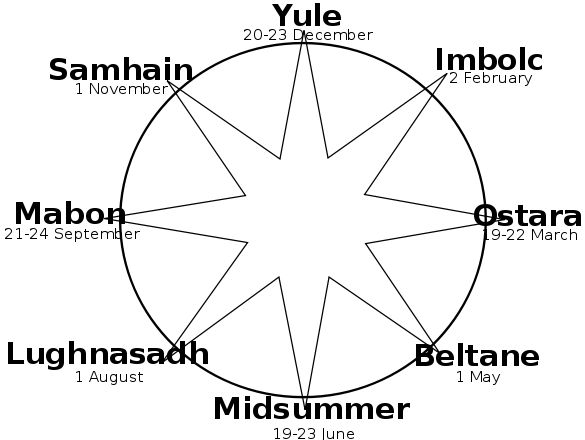
Groundhog Day in history and culture
In the Celtic calendar, the year is also divided into quarter days (equinoxes and solstices) and cross-quarter days on a great neo-pagan wheel of the year. So, just as February 2 is marked by the celebration of Candlemas by some Christians, such as the Roman Catholics, in contemporary paganism this day is called Imbolc and is considered a traditional time for initiations.
The celebration of Groundhog Day came to America along with immigrants from Great Britain and Germany. The tradition can be traced to early Christians in Europe, when a hedgehog was said to look for his shadow on Candlemas Day.
Try this old English rhyme:
If Candlemas Day be fair and bright, winter will have another flight. But if it be dark with clouds and rain, winter is gone and will not come again.
Or here’s another old saying:
Half your wood and half your hay, you should have on Candlemas Day.
In Germany, where a badger was said to watch for his shadow, the saying goes:
A shepherd would rather see a wolf enter his stable on Candlemas Day than see the sun shine.
A friend on Facebook said that, in Portugal, people have a poem about February 2 related to the Lady of Candles. Here’s the poem:
Quando a Senhora das Candeias está a rir está o inverno para vir, quando está a chorar está o inverno a acabar. [Translation: If Our Lady of Candles smiles (Sun) the winter is yet to come, if she cries (Rain) the winter is over.]
One final note. It’s supposed to be bad luck to leave your Christmas decorations up after Groundhog Day.
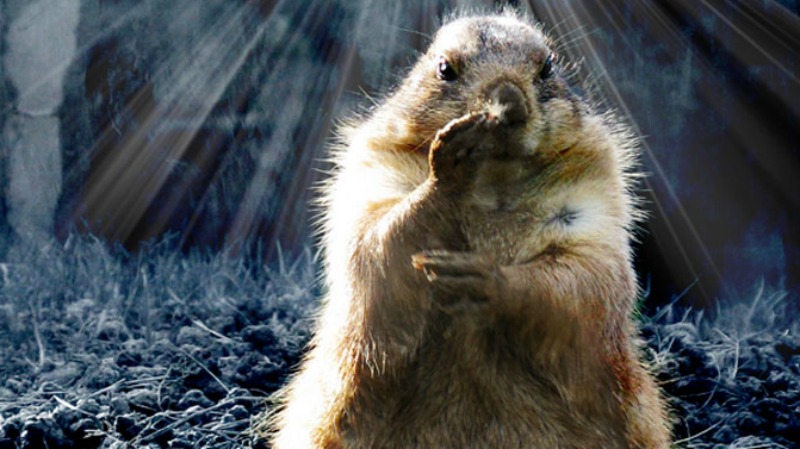
Bottom line: Groundhog Day happens on February 2 every year and coincides with the year’s first cross-quarter day.
Enjoying EarthSky so far? Sign up for our free daily newsletter today!
The post Groundhog Day is an astronomy holiday first appeared on EarthSky.
from EarthSky https://ift.tt/ZoFCVsfIX

Groundhog Day is a cross-quarter day
Every February 2 since 1887, Punxsutawney Phil in Pennsylvania has made his weather prediction. If it’s sunny and he sees his shadow, it’s said we’ll see six more weeks of winter. If it’s cloudy and he doesn’t see his shadow, it’s said to mean an early spring. Phil is North America’s most famous weather predictor. But the seasonal traditions of this holiday go back a long, long way. Groundhog Day is an astronomy holiday – a cross-quarter day – falling approximately midway between the December solstice and the March equinox.
Last year (2021), due to the ongoing pandemic, there were no in-person events on Groundhog Day in Punxsutawney, Pennsylvania. The club asked visitors to stay home rather than travel to Phil’s annual celebration. Some 17,000 people watched on YouTube last year as Phil made his prediction.
This year, the eastern U.S. was hit with a fierce winter storm just days before Groundhog Day. And in the forecast for Punxsutawney, Pennsylvania, is calling for “mostly cloudy” conditions on February 2. Will Phil see his shadow this year?
The 2022 lunar calendars are here. Order yours before they’re gone!
Follow Phil online
This year (2022), the Punxsutawney Groundhog Club is featuring multiple in-person events, according to its website. See 2022 Groundhog Day events here.
You can also follow Phil on Instagram.
Or check the hashtags #GroundhogDay and #PunxsutawneyPhil on Twitter.


What’s a cross-quarter day?
Every cross-quarter day is a collection of dates, all falling approximately midway between the solstices and the equinoxes. Many cultures celebrate traditions and holidays at this time. February 2 is the year’s first cross-quarter day. There are three other cross-quarter days, including, in North America, the celebration of Halloween.
The division of the year into segments is a common theme in human cultures. It makes sense because our ancestors were more aware of the sun’s changing movement across the sky. They had to be, since their plantings and harvests depended on it.


Punxsutawney Phil, the great weather prognosticator
By far the most famous of the February 2 shadow-seeking groundhogs is Punxsutawney Phil in Punxsutawney, in western Pennsylvania, which calls itself the:
… original home of the great weather prognosticator, His Majesty, the Punxsutawney Groundhog.
In most years (but not 2021), members of the Punxsutawney Groundhog Club hold public celebrations of Groundhog Day. The February 2 celebration was captured in the Bill Murray movie Groundhog Day, over and over and over again.
How accurate is Phil? NOAA’s National Climatic Data Center says Phil’s forecasts have shown no predictive skill in recent years. Phil gets it right about 35-40% of the time.

Groundhog Day in history and culture
In the Celtic calendar, the year is also divided into quarter days (equinoxes and solstices) and cross-quarter days on a great neo-pagan wheel of the year. So, just as February 2 is marked by the celebration of Candlemas by some Christians, such as the Roman Catholics, in contemporary paganism this day is called Imbolc and is considered a traditional time for initiations.
The celebration of Groundhog Day came to America along with immigrants from Great Britain and Germany. The tradition can be traced to early Christians in Europe, when a hedgehog was said to look for his shadow on Candlemas Day.
Try this old English rhyme:
If Candlemas Day be fair and bright, winter will have another flight. But if it be dark with clouds and rain, winter is gone and will not come again.
Or here’s another old saying:
Half your wood and half your hay, you should have on Candlemas Day.
In Germany, where a badger was said to watch for his shadow, the saying goes:
A shepherd would rather see a wolf enter his stable on Candlemas Day than see the sun shine.
A friend on Facebook said that, in Portugal, people have a poem about February 2 related to the Lady of Candles. Here’s the poem:
Quando a Senhora das Candeias está a rir está o inverno para vir, quando está a chorar está o inverno a acabar. [Translation: If Our Lady of Candles smiles (Sun) the winter is yet to come, if she cries (Rain) the winter is over.]
One final note. It’s supposed to be bad luck to leave your Christmas decorations up after Groundhog Day.

Bottom line: Groundhog Day happens on February 2 every year and coincides with the year’s first cross-quarter day.
Enjoying EarthSky so far? Sign up for our free daily newsletter today!
The post Groundhog Day is an astronomy holiday first appeared on EarthSky.
from EarthSky https://ift.tt/ZoFCVsfIX

Aucun commentaire:
Enregistrer un commentaire